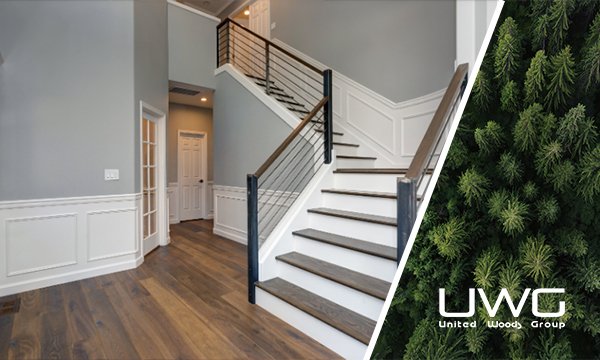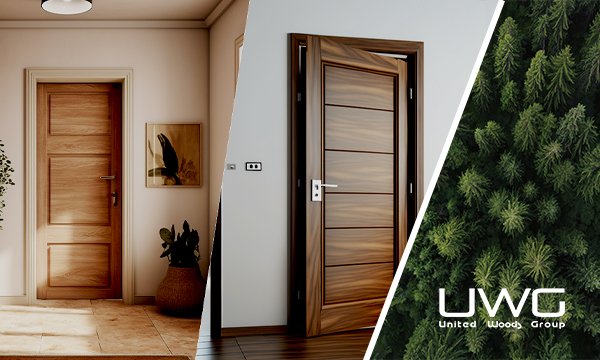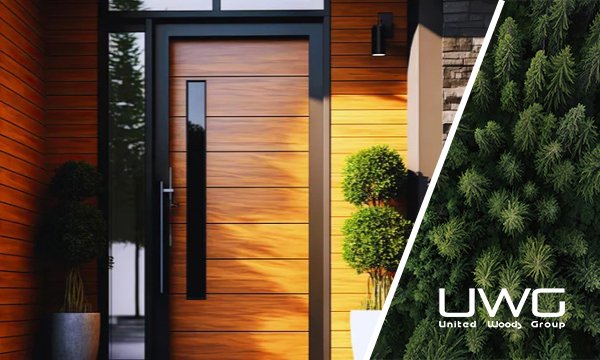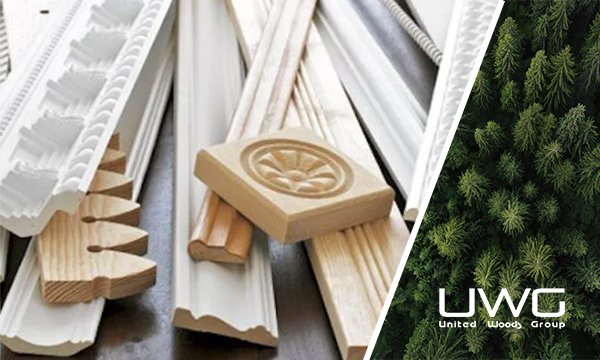When designing and constructing a wardrobe closet, it’s essential to understand what it needs to accommodate. A well-thought-out wardrobe closet not only serves as a storage space but also enhances the functionality and aesthetics of a room. This guide provides a comprehensive overview for builders on what typically goes into a wardrobe closet, helping to inform design decisions that maximize space and user satisfaction.What is the ideal size for a wardrobe closet?
The size of a wardrobe closet can vary based on available space and user needs. A standard reach-in closet is typically around 6 to 8 feet wide and 24 to 30 inches deep. Walk-in closets can be as small as 5 x 5 feet, but larger walk-ins may range from 8 x 8 feet to even larger custom dimensions.
Clothing Storage
Hanging Space
- Long-Hanging Sections: These are essential for items like dresses, coats, and gowns. They should be at least 60 inches in height to accommodate longer garments without them dragging on the floor.
- Medium-Hanging Sections: Suits, pants, and skirts can be hung in these sections. A height of 40-45 inches is generally sufficient.
- Double-Hanging Sections: To maximize space, consider double-hanging rods. These are perfect for shirts, blouses, and shorter jackets. Each section should be about 36 inches in height.

Shelving
- Adjustable Shelves: Flexibility is key. Adjustable shelves allow users to customize the space according to their needs. They can be used for folded clothes like sweaters, jeans, and t-shirts.
- Fixed Shelves: These provide stability and are often used for heavier items. They are typically used for bulkier items like boxes or bins that store out-of-season clothing.

Drawers
- Shallow Drawers: Ideal for storing undergarments, socks, and accessories. They should be about 4-6 inches in height.
- Deep Drawers: These can store bulkier items like sweatshirts, jeans, and seasonal wear. A height of 8-12 inches is recommended.

Accessory Storage
Belts and Ties
- Belt Racks: These can be wall-mounted or pull-out racks. They help keep belts organized and easily accessible.
- Tie Racks: Similarly, tie racks can be wall-mounted or incorporated into the design as pull-out features. They keep ties wrinkle-free and organized.

Jewelry and Small Accessories
- Jewelry Drawers: These often come with dividers and felt lining to protect delicate items. They can be shallow drawers within the main closet or a separate jewelry armoire.
- Accessory Trays: Placed within drawers, these trays can organize watches, cufflinks, and other small items.

Scarves and Hats
- Scarf Racks: These can be rods or hooks designed specifically for hanging scarves, ensuring they remain wrinkle-free.
- Hat Shelves: Dedicated shelves for hats prevent them from being crushed and maintain their shape.

Footwear Storage
Shoe Racks
- Adjustable Shoe Racks: These are great for accommodating various types of footwear, from high heels to sneakers.
- Pull-Out Shoe Racks: These allow for easy access and better organization, particularly for deeper closets.

Shoe Shelves
- Angled Shelves: These provide a better view of the shoes and can be adjusted to different heights.
- Flat Shelves: Ideal for stacking shoe boxes or bulkier footwear like boots.

Seasonal Items
Out-of-Season Storage
- High Shelves: Utilize the uppermost sections of the closet for items that are not frequently used, such as winter coats or summer swimwear.
- Storage Bins and Boxes: Clear bins allow for easy identification of stored items, while fabric boxes can be aesthetically pleasing.

Storage Solutions
Hangers
- Wooden Hangers: Sturdy and durable, ideal for heavier garments like coats and suits.
- Slimline Hangers: These save space and are great for maximizing hanging capacity.
Drawer Organizers
- Dividers: These help keep items like socks and undergarments neatly separated.
- Bins: Small bins within drawers can help organize accessories and small items.

Design Considerations for Builders
- Space Optimization: Every inch counts in a wardrobe closet. Consider using corner units, pull-out racks, and double rods to maximize space.
- Accessibility: Ensure that all areas of the closet are easily accessible. Pull-out racks, rotating shelves, and slide-out bins can enhance accessibility.
- Lighting: Good lighting is essential. Incorporate LED strips or overhead lights to ensure the closet is well-lit, making it easier to find items.
- Ventilation: Proper ventilation helps prevent mold and mildew, especially in enclosed closets. Consider incorporating ventilated shelving or small vents.
- Materials and Finishes: Choose materials that are durable and easy to maintain. High-quality wood, metal fittings, and durable finishes can enhance the longevity and aesthetics of the closet.

Custom Features
- Mirrored Doors: These can make a small space feel larger and provide a functional mirror for dressing.
- Built-In Ironing Boards: A pull-out or fold-down ironing board can be a convenient feature.
- Laundry Hampers: Built-in hampers or pull-out laundry bins can help keep the closet organized and free of dirty clothes.

Conclusion
A well-designed wardrobe closet is more than just a storage space; it’s a functional and organized area that enhances daily living. For builders, understanding the typical contents and requirements of a wardrobe closet is crucial in designing a space that meets the needs of the user. By considering various storage solutions and incorporating custom features, builders can create wardrobe closets that are both practical and stylish, maximizing the space and enhancing the overall functionality of the home.








